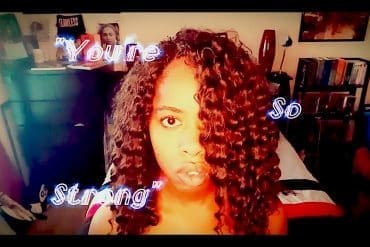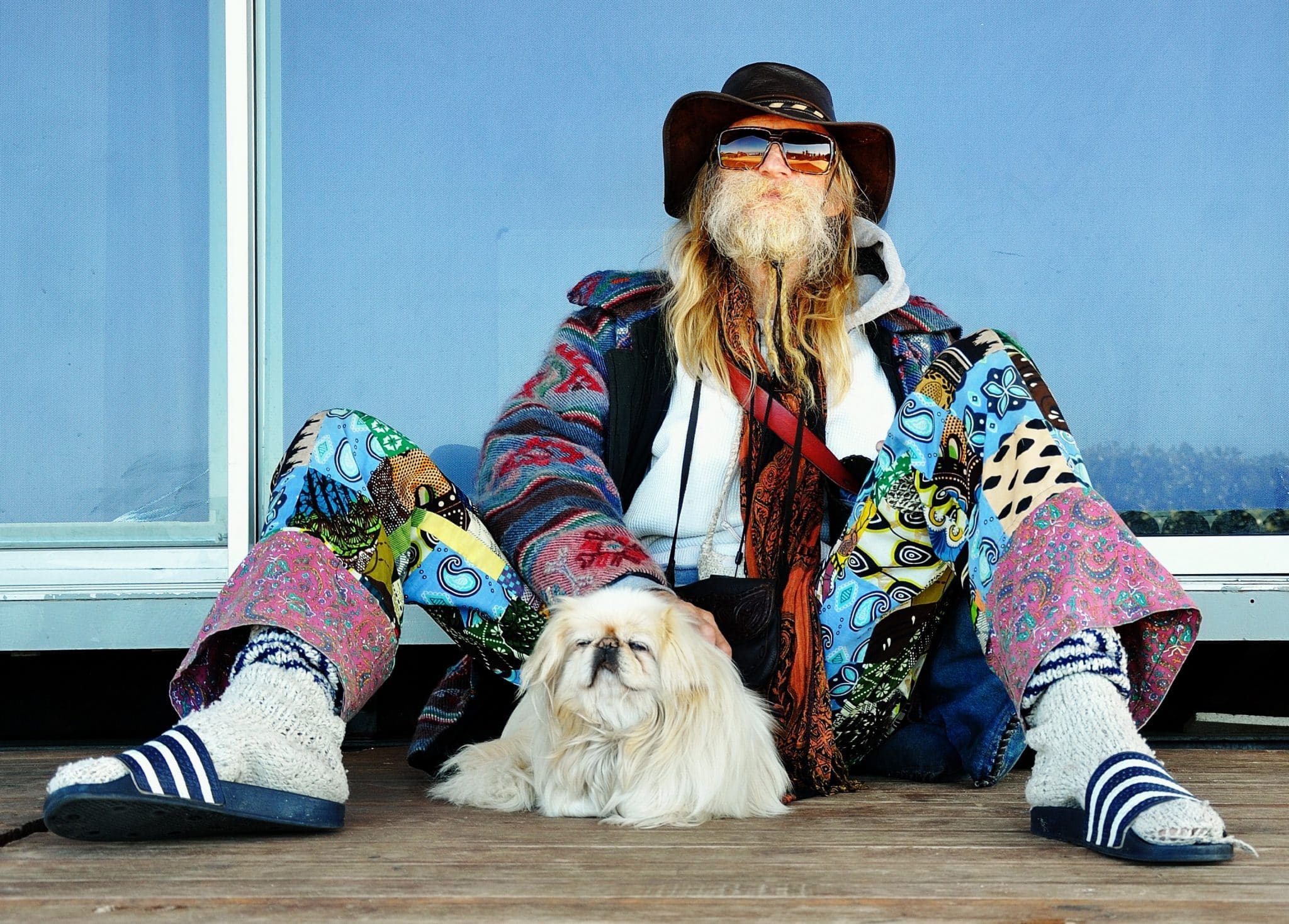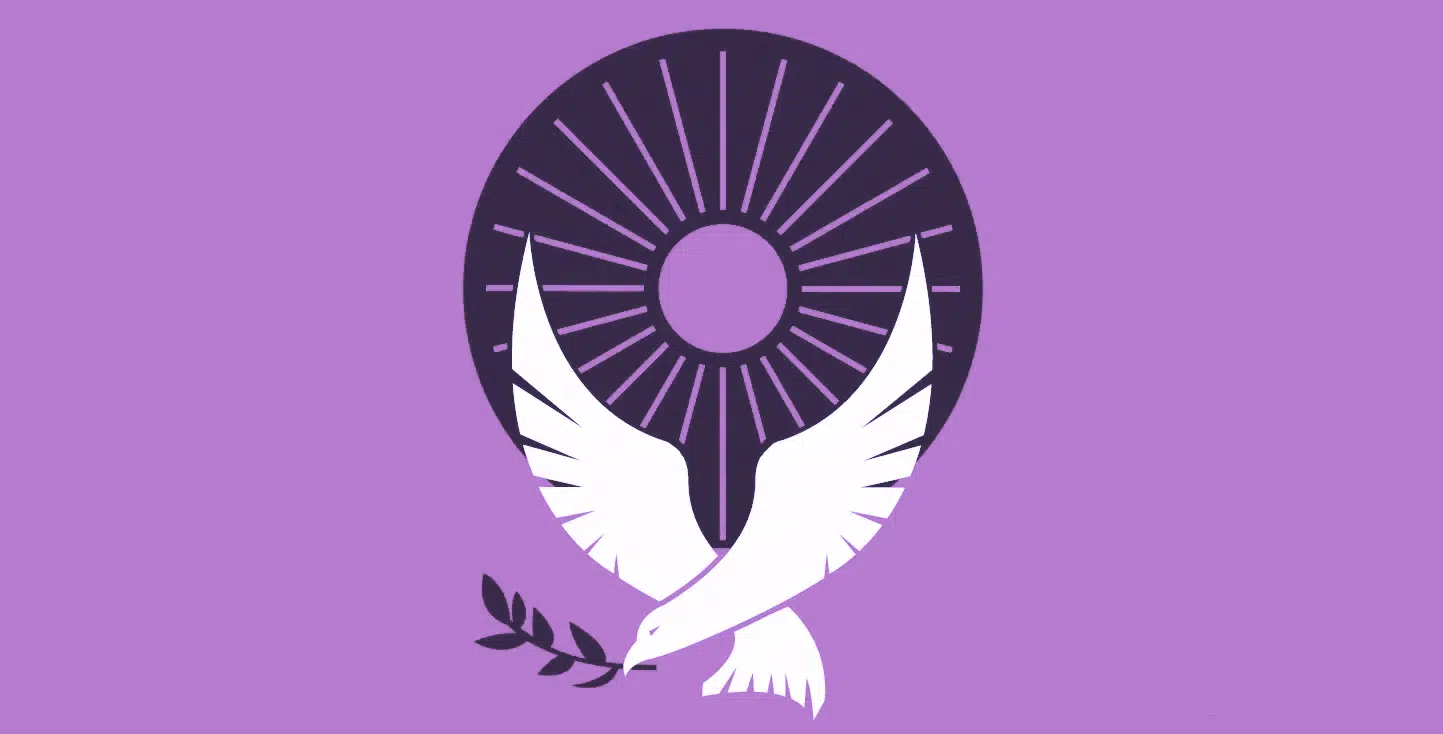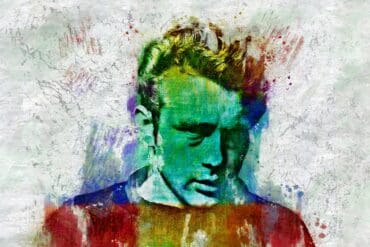I had no idea what the repercussions would be should I disclose my identity to my students. Would I be fired? Would I be questioned? Would I be told not to talk of such things? This reticence is a sad reflection on my internalized homophobia, my being still uncomfortable enough with my identity such that I had to worry about keeping it secret.
On my first day as a university teacher in Western Japan, I entered the classroom and felt both a flurry of excitement and wave of heated fear. “Would they like me?” I wondered. “Will they accept me?” I continued. After all, this would be my first time to be alone and completely autonomous in a university setting.
I had taught before, but as a university teaching assistant, and as a private and small group language teacher. In my previous experience at a well-known eikaiwa (English conversation school), I had struggled with questions like “Are you married?”; “Do you have a girlfriend?”; and “What kind of women do you like?” These questions were difficult because when it comes to my sexual orientation and gender identity, I have lived my life in an honest manner. My belief is that it is useful to be self-revelatory if the issue arises.
Moreover, I don’t believe in the coming out proclamation; just as heterosexual people needn’t announce their heterosexuality, I don’t believe it a necessity to announce my homosexuality. My mode of everyday communication is infused with authentic commentary about myself without a need for spectacle or apology. I believe that disclosure also illustrates an absence of shame and it has been my experience that such revelation has led to acceptance, questioning, and ultimately informed perspectives.

Photo by Liam Burnett-Blue on Unsplash
Now, I do not wish to hold myself as an example; I believe to each their own. We all have our own ways of discussing our identities as dictated by our own emotional and developmental needs. So, when asked the questions above, it was difficult for me to be purposely vague. I had no idea what the repercussions would be should I disclose my identity to my students. Would I be fired? Would I be questioned? Would I be told not to talk of such things? This reticence is a sad reflection on my internalized homophobia, my being still uncomfortable enough with my identity such that I had to worry about keeping it secret.
As I approached the teacher’s podium in the classroom that first day, I was immediately met with the comment “Teacher is handsome.” I was flattered to be sure, but the fact that the comment came from a young man made the situation more than a little confusing. I can’t imagine a heterosexual male student in an American university who meeting his teacher for the first time would announce “Teacher is handsome.” Not even a minute had passed and already I was faced with my first challenge – what should I say? I said thank you, smiled, and continued unpacking my bag. I went into my usual shtick of saying “hello” and “welcome” and proceeded by handing out my course syllabus. On the front of the syllabus was a list of questions for students to ask one another, a warm-up that would allow me to actually hear my students and get a feel for their abilities. Upon completion of this activity, students were asked to work together in small groups to brainstorm questions for their teacher. Again, immediate difficulty arose when the first group asked “Do you prefer Japanese or American women?”
Two hours later, I had been wandering the campus looking for a place to eat lunch when I saw two of my students from my morning class. They motioned to join them and I hesitantly did so. I asked them if they enjoyed our first class together and they replied yes, they had, but that it seemed like the course would be challenging. Yoko, the first of the two young women to initiate conversation with me actually used that word, “challenging”. The wide range of student abilities had surprised me. Without further ado, Yoko continued her line of questioning, no doubt eager to practice her English, illustrate her skills, and to earnestly get to know me better.

Photo by Shunsuke Ono on Unsplash
I looked around the room and concluded that I must have been the only teacher present. “Maybe teachers didn’t socialize with their students,” I pondered. Yoko asked me the standard questions about my hometown, hobbies, where I was living and then of course came my own challenge, “Do you have a lover?” This caught me off guard. Surely if she had used a word like “challenge” she would understand the difference between asking about a wife and asking about a lover. Or would she? And if she did, how would she have guessed that I was the kind of man who would have a male lover?
Such situations were typical over the next four years. “Purposely vague” became my modus operandi, and with each dishonesty came a sting of betrayal. I was betraying not only myself by withholding my identity, but betraying all of those who had struggled with hiding their own identities. A friend of mine, a fellow student in my PhD program, once wrote, “If certain identities are never spoken of, it may create the impression that there is something shameful about that identity.” I knew this despite my vagary; how could I champion honesty and yet not be honest about myself? It seemed that I was not the person I had earlier characterized myself to be. At least, this was how I felt at the beginning of my experience.
The real issue was that I was a stranger in a strange land. I don’t mean to suggest that Japan is an odd place, but that to me, so unsure of my footing on a daily basis, my sexuality was at the bottom rung of the ladder of daily challenges. From language, to train schedules, I was constantly faced with successfully accomplishing the everyday tasks of living. And so I decided that self-betrayal was the least of my worries.

Photo by Chris Yang on Unsplash
With my friends, I was different. I was honest, open, and wholly myself. But the classroom was an extension of employment and though I had never been worried about my identity with prior employers (mental health settings and hospitals), I did question whether or not the classroom was a place to come out. I likened it to a therapy session, as I had previously worked as a counselor: The identity of the therapist is not relevant to the needs of the client, and this was the position I would take while in Japanese classrooms. Unfortunately, this was almost equal to “Don’t ask, don’t tell” in my mind. I reasoned that my professional world was separate from my private world, although with colleagues, I was myself. This interpersonal space was not a realm in which I was willing to compromise. So, this was my approach to creating my teacher identity in the early days as a TESOL instructor in Japan at the turn of the millenium.
Towards the end of that first school year, I was discussing metaphors with one of my classes of English majors. They were bright, affable, and enjoyable students (most of my students were) and I almost thought of them as family. After all, they were the ones I had cut my teeth on, the first to teach me how to be a teacher.
My experiences coming out to Japanese friends and colleagues had thus far been positive; I was always met with acceptance, though I’ll never know what thoughts remained unexpressed. The ramifications of coming out to a student seemed immense, and as soon as I had spoken to Naomi, I found myself second-guessing my actions.
One of my male students joined the discussion, practicing making metaphor by offering “Marlen is a pansy.” He smiled, and the other students sitting in his group apparently liked this metaphor. Similar to that first day of class, I was struck by the comment, wondering if he realized the connotation of the word pansy. I felt embarrassed, suddenly thirteen years old again and being harassed at school. Amazing thing, the power of words. I wish I could tell you that I pressed him and asked for explanation. I didn’t. I tried to cover the flush of embarrassment by quickly moving to another student’s metaphor, which thankfully this time was about the mountains being sleeping giants. A learning opportunity had been missed.
My four years in Japan often run together like watercolors laid next to each other, one memory blends and bleeds into the next and so I can’t say for certain anymore who was the first student I actually did come out to. As I mentioned earlier, this was not generally my way; second thinking the moment, waiting to announce okama desu, a word that I learned from a gay Japanese friend for lack of any other Japanese word for homosexual. It was later explained to me that okama usually refers to a man who acts like a woman, onna no hito poi. I had been unknowingly referring to myself as a drag queen.
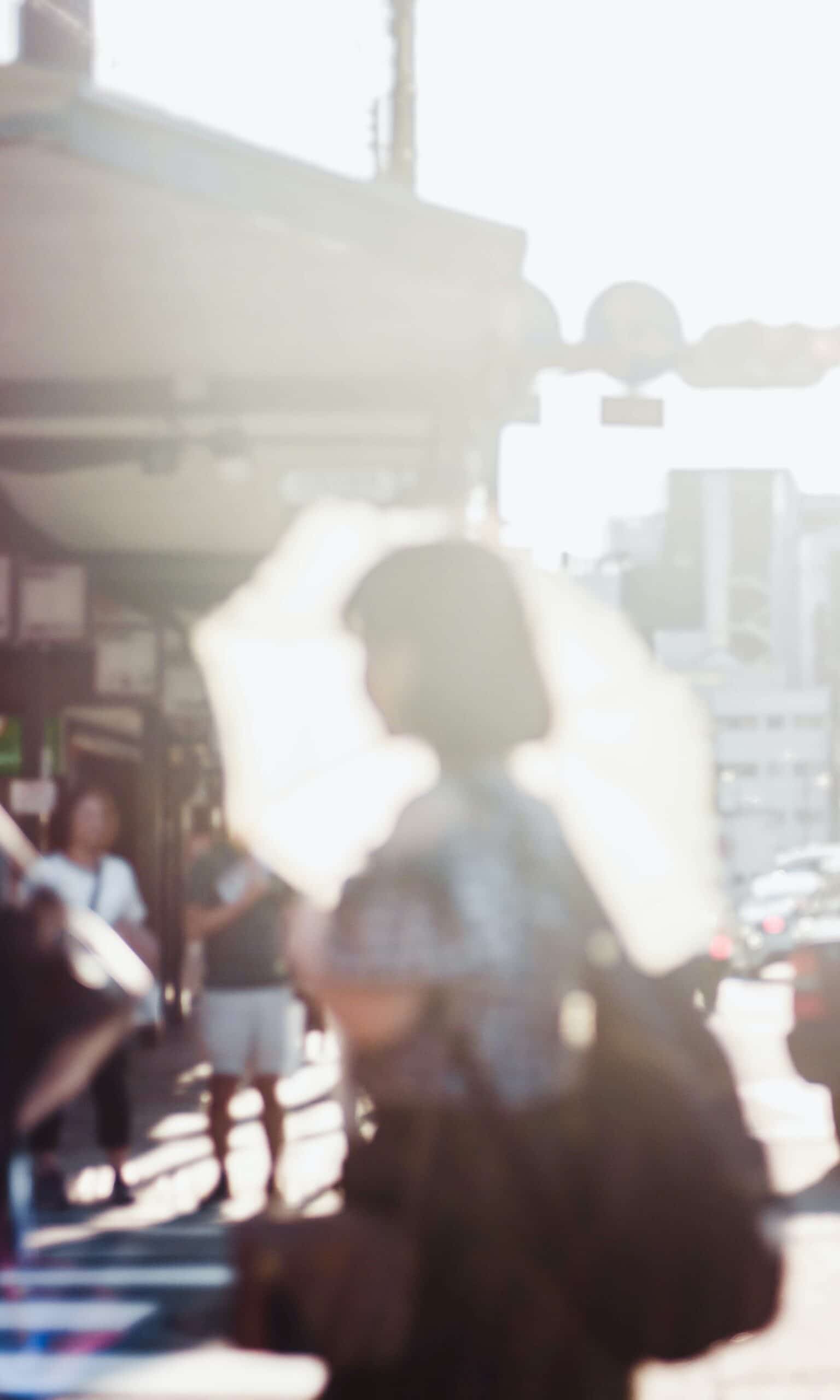
Photo by Laura Thonne on Unsplash
Anyhow, I think the first person I admitted my identity to was Naomi, a bright 2nd year English major whose emails I had been checking one day (students were required to exchange emails with English-writing penpals). I remember turning the pages, counting them to confirm completion of the project when I saw the sentence “I think I’m a lesbian” typed at the bottom of a paragraph.
“What do I do about this?” I wondered. I presented myself with a range of options: 1) Do nothing, say nothing; 2) Mention that I read this sentence and that if she wanted to talk I was there for her; or 3) Mention that I had read this sentence, make myself available to talk, and disclose my identity. It was a tough decision, but I went with option 3. My experiences coming out to Japanese friends and colleagues had thus far been positive; I was always met with acceptance, though I’ll never know what thoughts remained unexpressed. The ramifications of coming out to a student seemed immense, and as soon as I had spoken to Naomi, I found myself second-guessing my actions. She never did come back to speak to me, though one day she came out to her classroom work group. Their conversation as I observed it went something like this:
Takahiro: “You are gay?”
Naomi: “Yes. Well, maybe bi-sexual.”
Chihiro: “Do you have a girlfriend?”
Naomi: “No.”
Takahiro: “Oh.”
And that seemed to be the entire conversation, accompanied by head-nodding and no further comment, in class anyhow.
I see now, after reading articles on post-this and critical-that, post-structuralism, post-methodology, and critical pedagogy, that the learning opportunities were immense, and I seemed to have missed most of them. I could have discussed the issue with my students, but would that have necessitated self-disclosure? Maybe not, but perhaps fear got in my way.

Photo by Linh Nguyen on Unsplash
After coming out to Naomi, I came out to a few of my other students, but never in class. It usually happened while we were sitting on a train, my student and I headed in the same direction, or while eating lunch with my students, a practice that I took a liking to and so made a habit. When my relationship with my partner grew serious, some of my students were invited to my home for an engagement party. In these small ways, I was being authentic with my students. But there was something specific to the classroom setting that always seemed prohibitive of self-disclosure.
But now I question if I ever truly gave students an opportunity to do so. How did I let them know that it was OK to talk with me? I never discussed homosexuality, for example, in my classrooms. Queer identities were never present in any of the teaching materials I used and aside from Naomi, none of my students ever admitted to being queer in any of my classes, or at least not that I was aware of. Not only were queer identities not an “issue” in my classrooms, the topic never really came up, despite the opportunities for discussion as noted above.
There was one event that stands in stark contrast to my otherwise reticence or fear of approaching sexual identity. A close friend of mine, also an English teacher, was a Japanese lesbian. With short hair, jeans and sneakers, and no jewelry or make-up, Minori had a difficult time finding her place in the Japanese lesbian community. She often commented that she only felt like she could be herself when speaking English, a sentiment that I would hear echoed time and time again. She was not out to her mother though most of her friends knew Minori’s true identity.
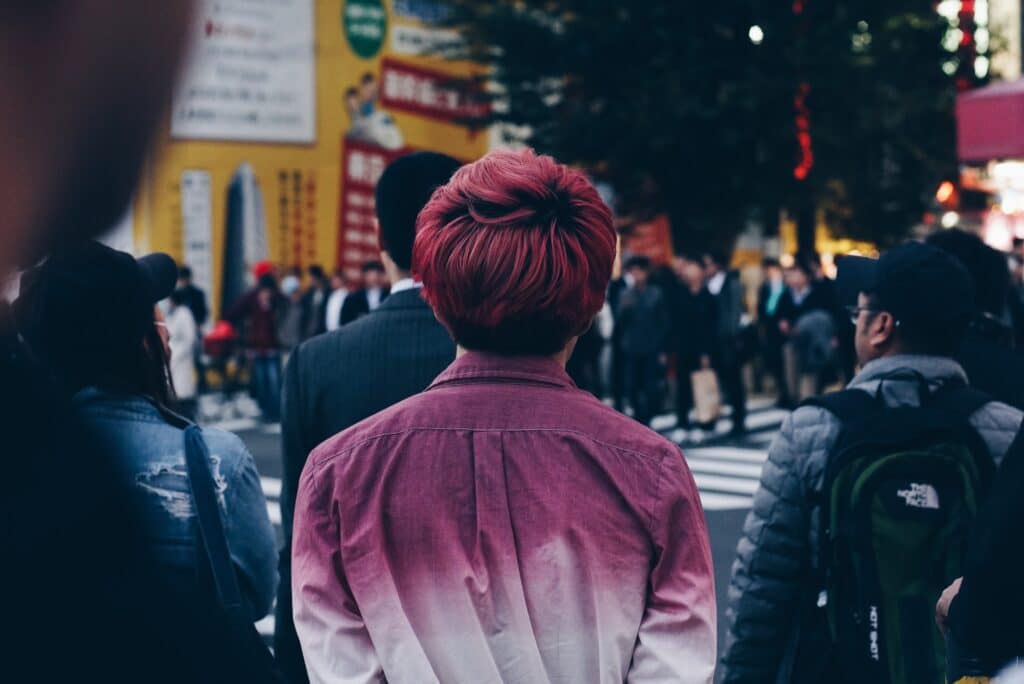
Photo by Finan Akbar on Unsplash
I had been teaching two sections of an advanced English seminar at a private women’s college and had developed the curriculum to be a content-driven women’s studies course the first half of the year, and a conversation-driven, task-based learning course for the second. Projects included debates on current events, character studies, and final projects related to language learning and identity, all chosen and directed by the students. Towards the end of the first semester, about the time Minori and I had become close friends, I wondered about the feasibility of asking Minori to come to my classes for an interview. Minori was a strong and independent woman who had spent time in Canada studying English and upon her return to Japan, had opened her own private language school. I felt that Minori was a successful person, a fluent English-speaker, an appropriate role model that my students could talk with and possibly take inspiration from.
About a week after Minori came to my classes, she also came out to her mother, though not meeting quite the same level of acceptance as with my students. When I asked her why she chose to finally reveal herself to her mother, she shrugged her shoulders and stated that she had finally found the courage. I think she had had it all along but just never realized it.
About a week prior to Minori’s visit to my classes, she had asked how she should handle her sexual identity while talking with the students. Thinking back to my own philosophy about communication of identity, I suggested that if the topic arose, she could, if comfortable enough, be honest about herself. She agreed that this was a reasonable approach.
My students had prepared and practiced questions for Minori and when the interviews ensued, she found herself coming out to them. The process was moving and emotional due to many factors. Minori had come out to very few people at that point, and now here she was revealing herself to two groups of strangers. Moreover, my students exhibited no knee-jerk reactions. On the contrary, they openly admitted to admiring her bravery.
At the end of the semester when asked what their best experience in my courses had been that school year, my students almost unanimously agreed that meeting Minori was the highlight of their time with me. About a week after Minori came to my classes, she also came out to her mother, though not meeting quite the same level of acceptance as with my students. When I asked her why she chose to finally reveal herself to her mother, she shrugged her shoulders and stated that she had finally found the courage. I think she had had it all along but just never realized it.
AUTHOR’S MEMO
“The Closet in the Classroom” responds to the question, “What was it like being a queer, gaijin sensei (foreign teacher) at the turn of the millennium in Western Japan?” Using story to report cultural experience, “Closet” autoethnographically presents the anxieties, choices, and progress I made understanding how to construct, reveal, and perform a queer sexual identity in light of my developing teacher identity. Part of a larger body of work that encompasses my 2011 doctoral dissertation, “Closet” is part of my forthcoming “The English Teacher: A Memoir”.
Featured Photo by Hiroyoshi Urushima on Unsplash


